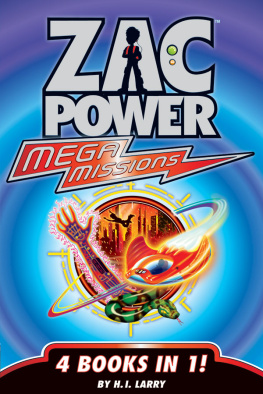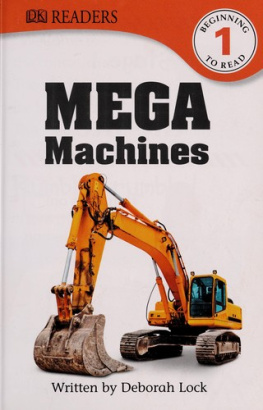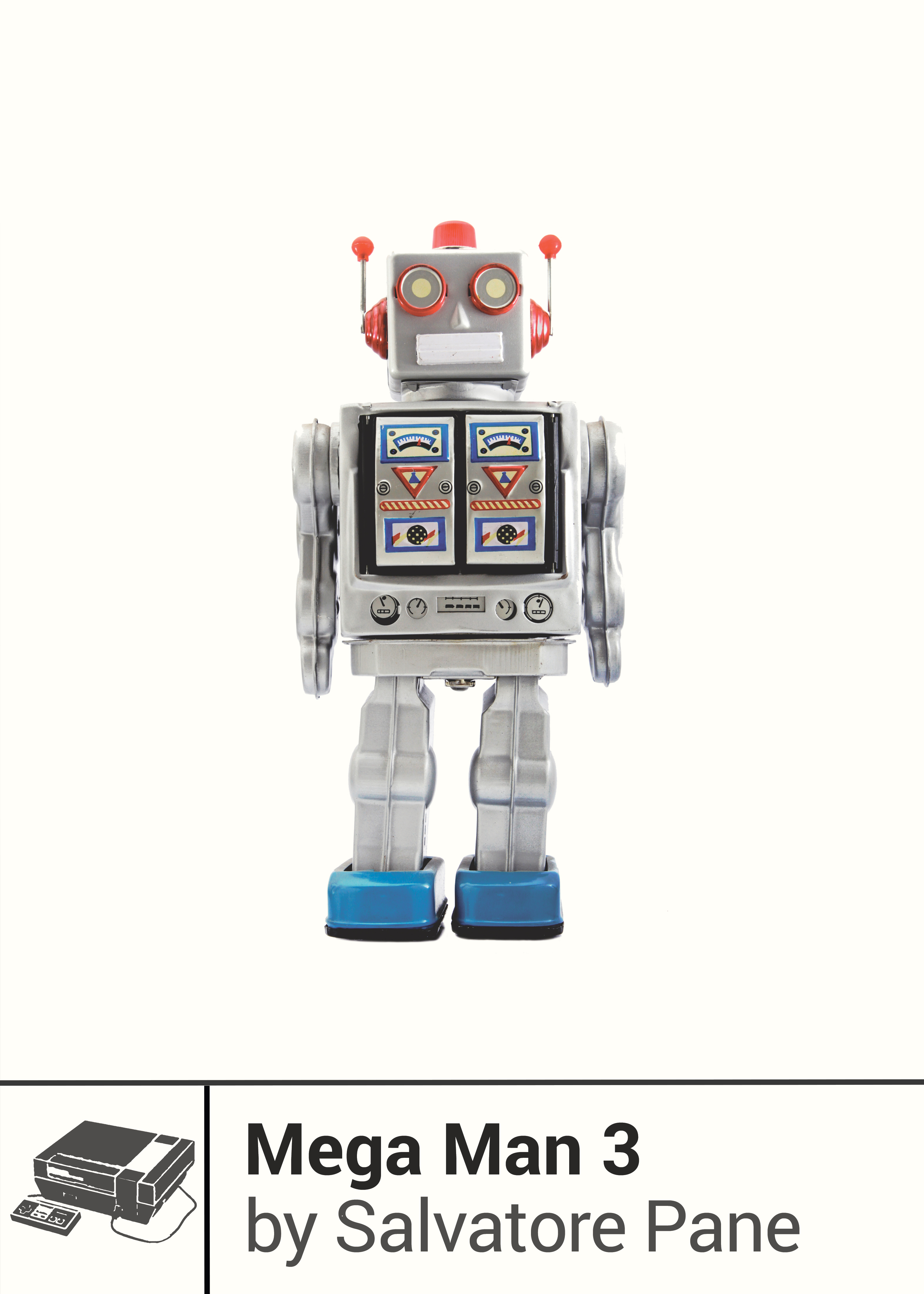I didnt ask for it. I didnt even know what it was. All I knew about video games was that my parents owned an Atari 2600 they played religiouslyespecially Lost Luggage , a blocky mess about airport drudgery that didnt appeal to me in the least. It was something for adults, like beer or Murphy Brown . But then, on Christmas morning, 1989, I dashed into our living room and discovered a brand new Nintendo Entertainment System under the tree. I was five years old and had no idea how much my life was about to change.
The box immediately set this gift apart from my legion of action figures or board games that featured grinning cartoons. The NES arrived in black and blue cardboard dappled by the blinking stars of outer space. In the center floated an image of the monolithic system itself, boxy and gray, more like a VCR than anything intended for a child, a warp zone to a serious adult world that still valued play. I was mesmerized by the pixelated figure of Mario leaping across a pit of lava in the boxs corner and literally trembled with anticipation as my father carefully read the directions and plugged the machine into our console televisioncomplete with faux-wood paneling and cabinet doors. He slid in Super Mario Bros./Duck Hunt , and within mere moments we realized just how far wed come from Lost Luggage . Unlike the characters of nearly every Atari game we played, Mario wasnt caged by the walls of our television. The screen scrolled right, into a fully realized world. We didnt understand it thensurely the first level just kept loopingbut the promise implied by the NESs box art would be fulfilled. This machine wed willingly brought into our home contained galaxies.
When my father turned off the NES that night, I cried. Even though Id played Atari, I assumed that when he pressed power, the game would be erased, that something as powerful and escapist as Super Mario Bros. couldnt be accessed anytime we wanted. My parents reassured me, and the next morning I continued my journey, and then on the next and next and next as well.
I remember that Christmas whenever I enter my office as an adult and see firsthand the chaos wrought by that long missing first console. Im thirty-one. Im married. Im an assistant professor of English with specializations in creative writing and digital humanities. Ive published a novel. But if you walk into my home office, you wont know any of these things. You will see shelf after shelf of yellowed NES cartridges, over 480 and rising. You will see Famicom games and TurboGrafx-16 HuCards, Sega Saturn discs and PS2 cases, a dusty Apple Macintosh. My television is a dying man on life support, surrounded by surge protectors with literally dozens of cords feeding in from obscure systems ranging from the Magnavox Odyssey 3000 to the Intellivision II, complete with haunting voice module.
Enter my office and youll sense my hunger to return to that Christmas so long ago.
I
Mega Man 2 begins with a cutscene , a digital cityscape pierced by a towering, razor-like skyscraper against a jet-black sky. The camera pans up, the music escalating in intensity. Text across the bottom of the screen explains the setting and character motivations: In the year of 200X, a super robot named Megaman was created. Dr. Light created Megaman to stop the evil desires of Dr. Wily. However, after his defeat, Dr. Wily created eight of his own robots to counter Megaman. Then, the music hits a techno crescendo and we witness our hero standing on a roof, helmet off, hair blowing in the wind like a digital savior. Its one of the most famous introductions to any video game, and for good reason. Mega Man 2 , released in Japan in 1988, was one of the first console games of its era that didnt just toss you into the fray la Super Mario Bros.
So, you might be surprised the first time you boot up 1990s Mega Man 3 and observe the comparatively spartan title screenjust the name of the game and two options, Game Start and Passwordand hear a slow, downbeat melody. Twenty-four seconds pass before the song kicks into the kind of fast-paced chip music the NES is famous for, but that initial half-minute doesnt at all resemble the bombast and narrative innovation of its more beloved predecessor. Mega Man 2 is the seriess acknowledged masterpiece, and even by the development teams estimation, the follow-up isnt as successful. Mega Man 3 is the rushed-to-shelves little brother, and the opening reflects that. The title theme is regretful, the lack of a cutscene self-defeating.
Then why does a vocal minority of the fanbase regard Mega Man 3 as the seriess definitive entry? Why is it that when deciding which Mega Man game to cover for this book, I never even considered Mega Man 2 ? Researching the history behind the series and playing Mega Man 3 over and over again only strengthened my sense that Mega Man 3 is the apex of its first NES trilogy, the moment when it transitioned from two great games emerging from a mostly singular vision into a full-fledged franchise for Capcom to trot out year after year.
After the 1983 video game crash wiped out the majority of American development studios, Japan experienced a digital renaissance led by Nintendo and smaller companies like Konami, Hudson Soft, and Namco. Arcade developer Capcom cultivated a small following on the Famicomthe Japanese equivalent of the NESby porting its most popular arcade titles like Commando , Ghosts n Goblins , and 1942 , or developing licensed properties from manga and film. But in 1987, the company allowed a lone development team to focus on original software targeted at the growing home console market. Six employees were reassigned, 22-year-old recent college grad Keiji Inafune among them.
Hailing from the city of Kishiwada in the Osaka Prefecture, the fresh-faced Inafune would eventually go on to become the public face of the Mega Man seriesmuch like Shigeru Miyamoto with Super Mario or Hideo Kojima with Metal Gear . But in a 2014 interview in The Untold History of Japanese Game Developers Volume 1 with J.W. Szczepaniak, Inafune revealed that at the start of his career, he wasnt even interested in game development. I actually got my first job at Capcom through my artistic desire, through art related job hunting, Inafune said. It wasnt until Mega Man was done and I had worked on it, that I really became interested in game development and creating games. Certainly, my interest when I was growing up was art. A common misconception in America is that Inafune was the lead planner for the original Mega Man , but in fact, Capcom tapped Akira Kitamura, a veteran designer who had by that point already worked on Capcom classics Section Z and Legendary Wings .
Little is known about Kitamuras personal life beyond his fierce desire for privacy, a wish his co-workers still fight to honor decades after his exodus from the games industry in the 90s. But by the time Inafune joined the Mega Man development team, the outline for the game and the titular characters pixel sprite had already been completed by Kitamura. Inafune was, however, responsible for drawing Mega Mans animations, including his iconic jump and his running and shooting sprites. In Japan, Kitamura is often referred to as Mega Mans biological father, while Inafune is portrayed as the adoptive father who raised him. When asked by Szczepaniak to describe the working conditions under Kitamura, Inafune said:
He was an incredibly strict person []. He was always in the office, slept at his desk, and he was always researching or working on the games. He taught me about the required strictness of game development. You cant slack off. You have to do your best all the time []. Kitamura-san would sleep through the night, at his desk, and then the next morning he would do the checks for the content that I had produced the day before. Obviously, he didnt sleep so well, and since he was a very, very strict person, often some of the stuff that was goodthe stuff that we had all worked onhe would say, This is no good, and this is no good, and so on. You could say he was a perfectionist. He was incredibly hard to please, with incredibly high standards, and his rules toward character development were so obsessively careful, true perfectionism. That bled over into his approach to game development as a whole. My team in particular really bore the brunt of his drive I guess, his demand for perfection, and we were directly under him []. He taught me about the concept of getting exactly what you want for the character onto paper and into the game, not settling merely for something close to your design []. He taught me that. I would say that I think the way he taught me, that very strict way, is what kept me interested, and kept me going. Even after he stopped, and I worked on the games without him, I do believe his influence and his approach, which I now believe in, shines through all the products Ive worked on, and all the Mega Man games. So even though he was not involved in some of them, I do believe that they are games produced under his methods, even if not by him.













